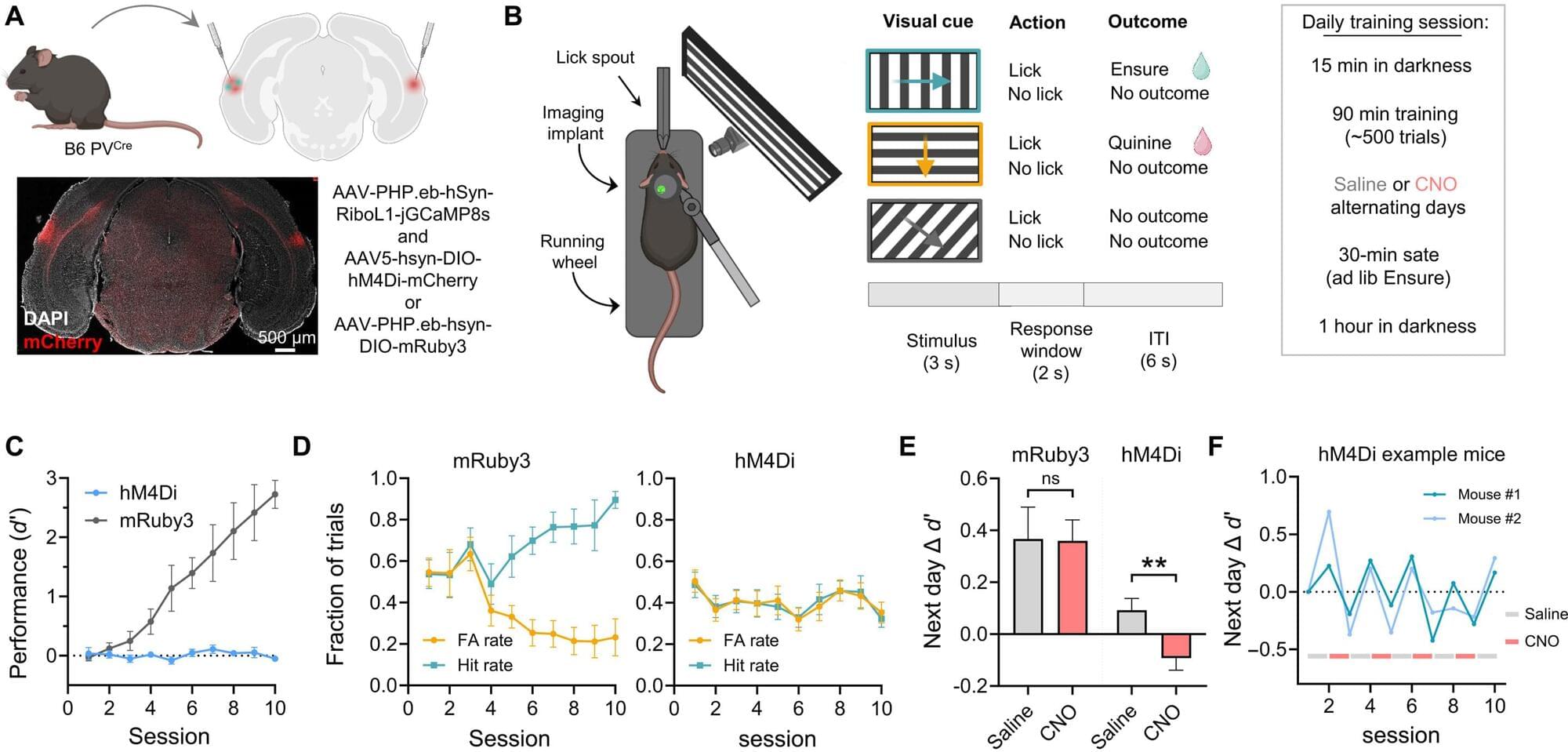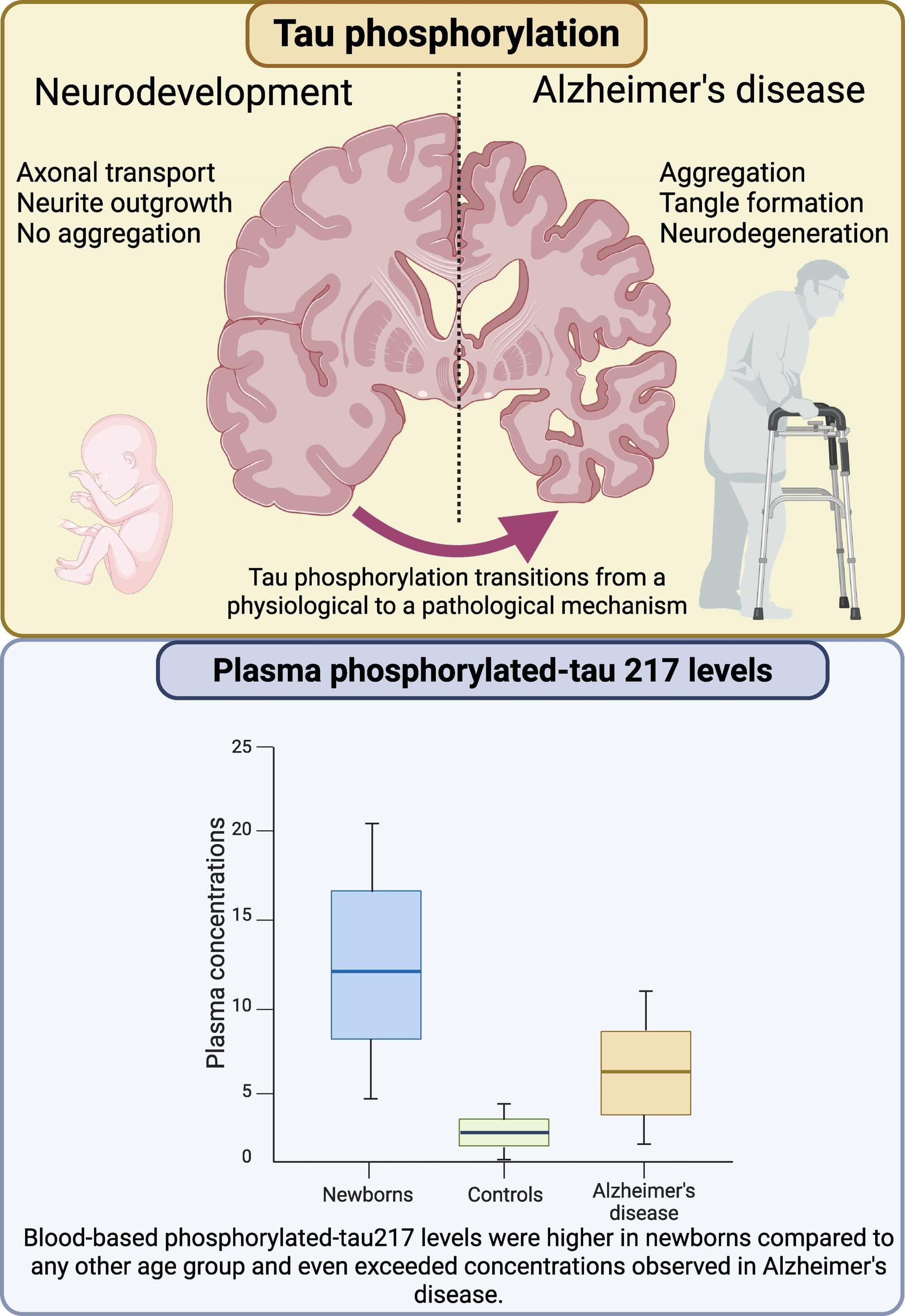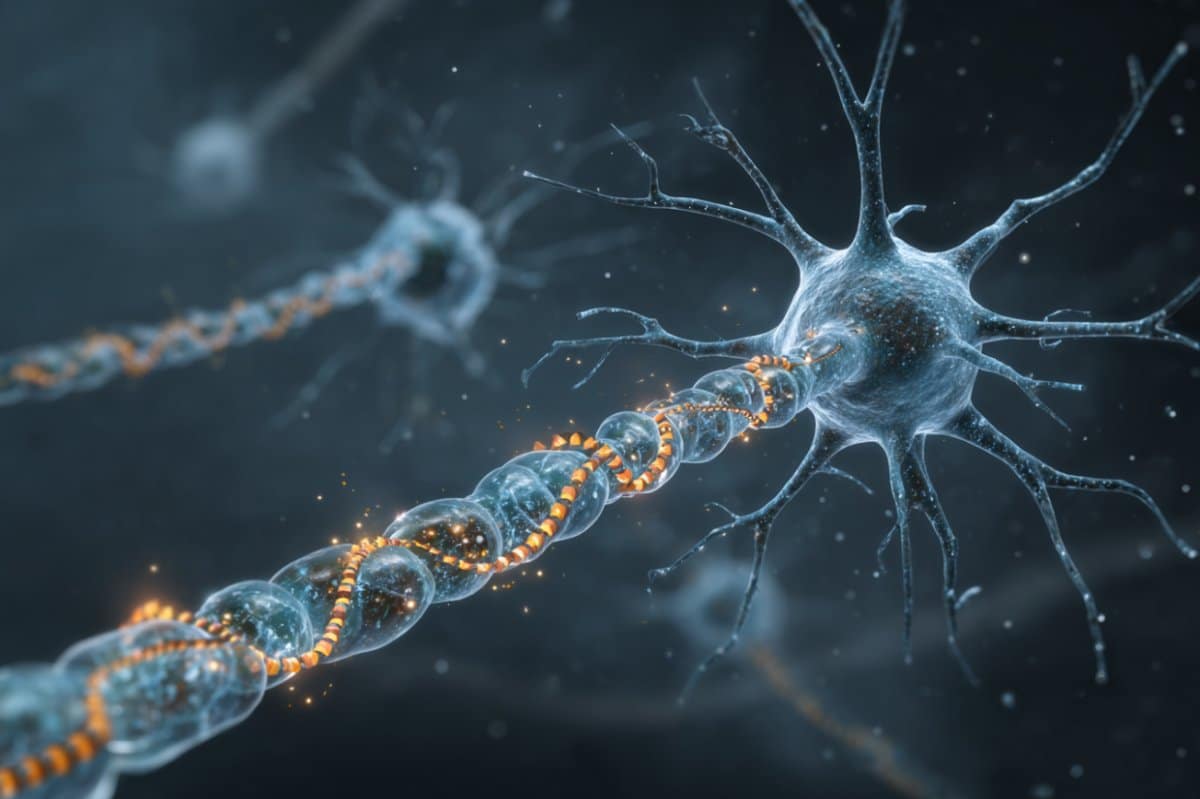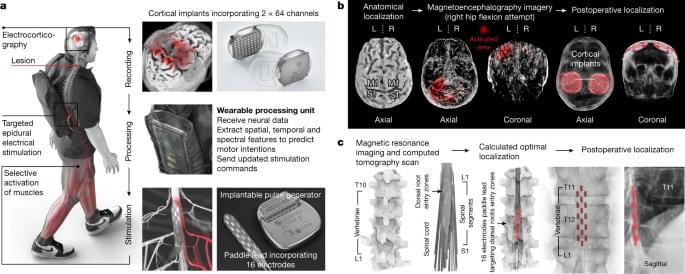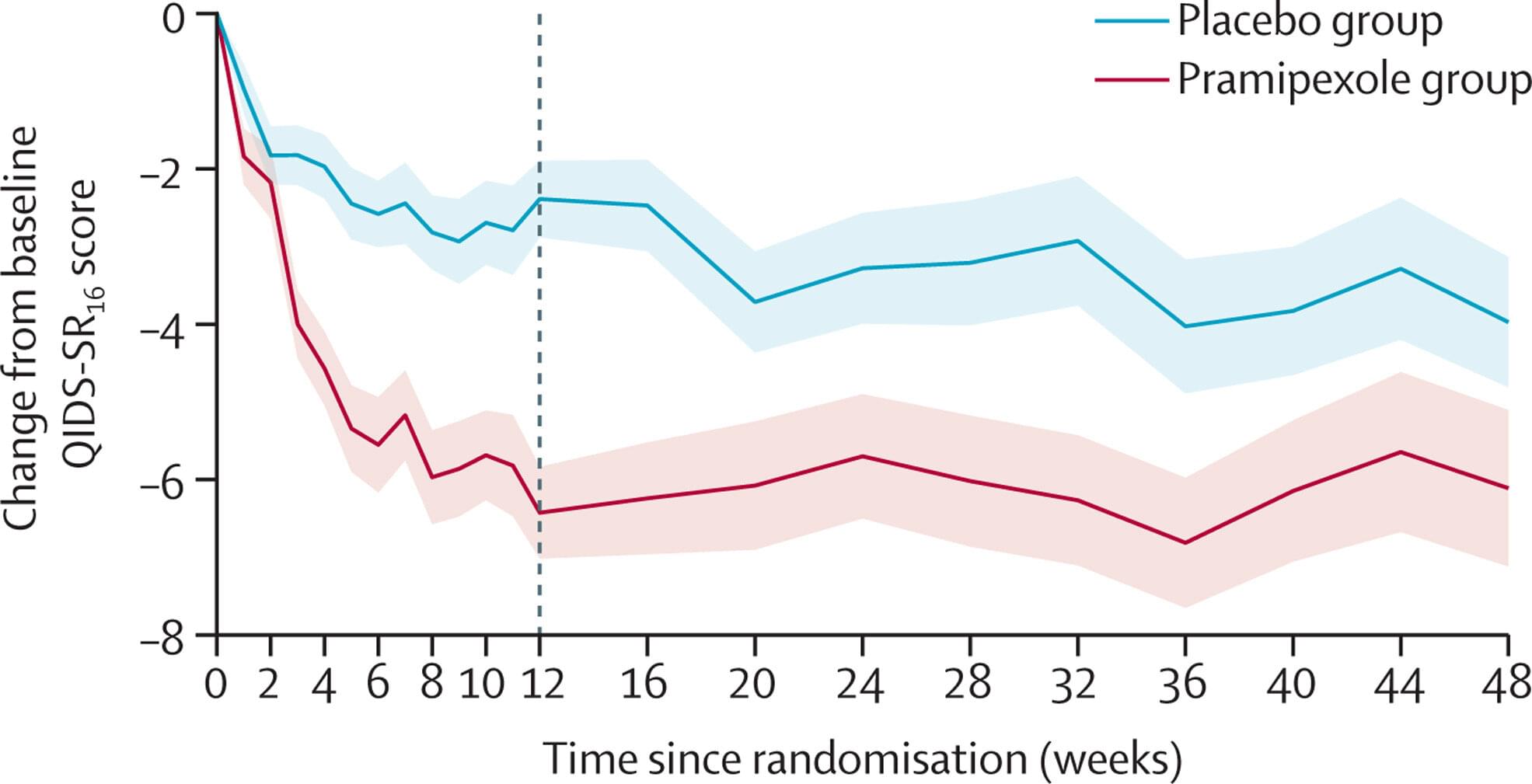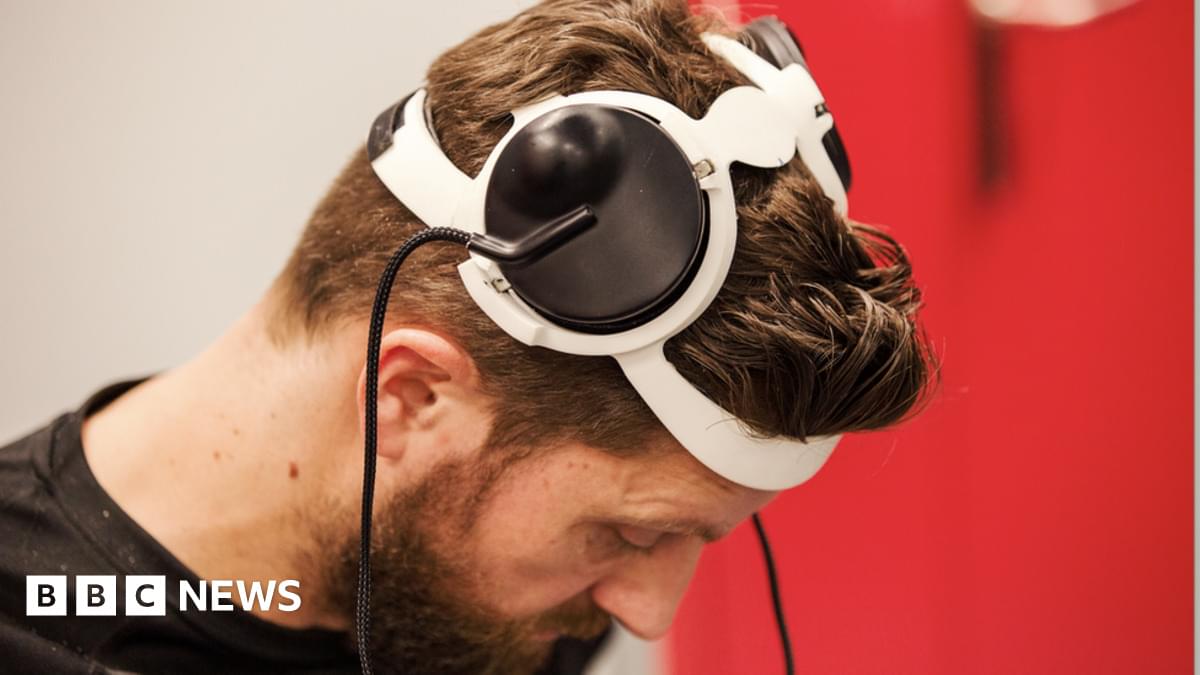Researchers from Monash University, in collaboration with the European Biostasis Foundation and Apex Neuroscience, have revealed that although most neuroscientists agree that long-term memories depend primarily on neuronal connectivity patterns, significant uncertainties persist regarding precisely how these memories are structurally encoded.
Brains can retain memories for days, months and even across a lifetime of decades, through mechanisms that remain elusive to those at the cutting edge of neuroscience. Long-term memory enables animals to shape behaviors by linking past experiences with present contexts.
There are fragile memories, like recalling the name of someone you just met, or the location of where the keys were set down, that can seemingly escape the brain’s data capture. And there are durable memories that can survive periods of global neuronal inactivity and disruption, indicating that ongoing neural activity is not required to maintain stored information.



